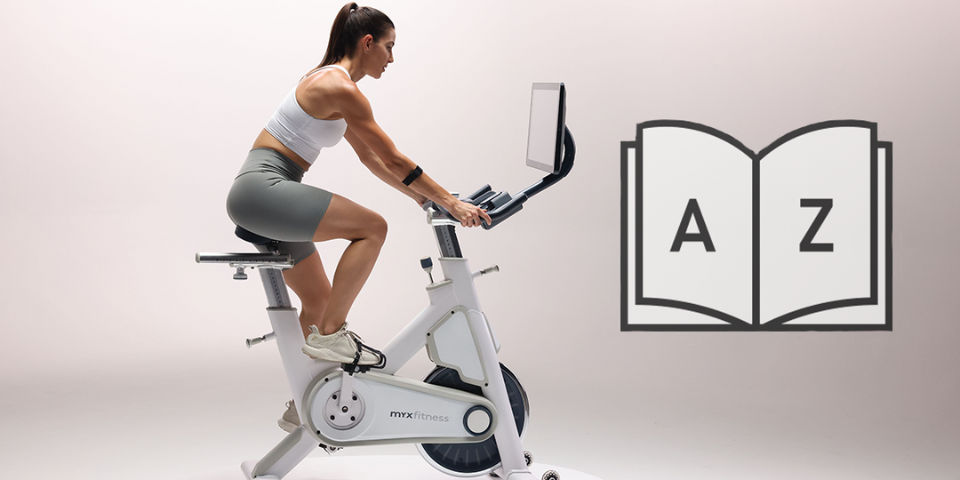When starting indoor bikeIt is not the only setting to devote time to be familiar with the movement. It can be a learning curve like all sports and activities in terms of terminology.
Fortunately, CPT Melanie Melillo is here to give a cheat page for your next bike class. Shares some of the most common conditions indoor bike So you can never feel like a person from inside.
1. front and ass
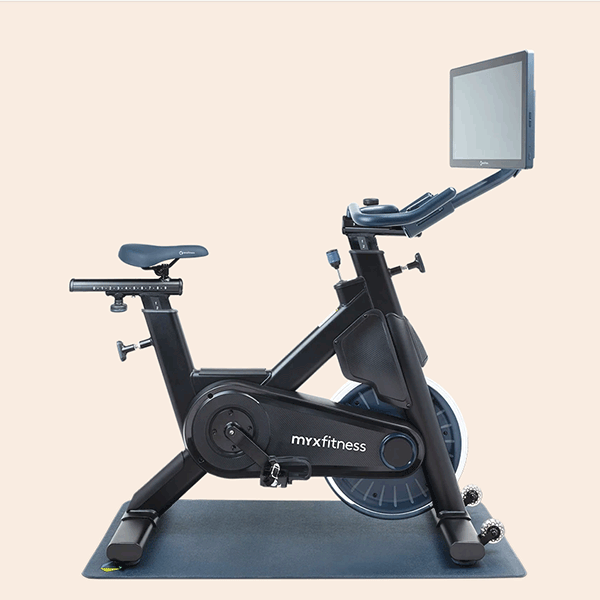
Melillo, a way to indicate how to adjust your seat, says that it will bring the seat closer to the handlebars or get away:
- Preface It means forward.
- Ass Means back.
If you are a new one, it may be difficult to understand this distance, so take some time to set the front and ass before driving, so you're ready.
2. Cadence
Melillo says how fast your legs are pedaling at any time and measured in RPMs. Everyone's natural cadence It is slightly different, especially considering different levels of experience. Most entertainment cyclists are about 60 to 80 RPM, and elite cyclists can be about 90 to 100 rpm.
3. Q Factor
The Q Factor is the distance between the pedals. For example, BODİ BICYCLE Uses a 165 mm optimized Q factor to reduce knee stress.
4. Resistance and gear
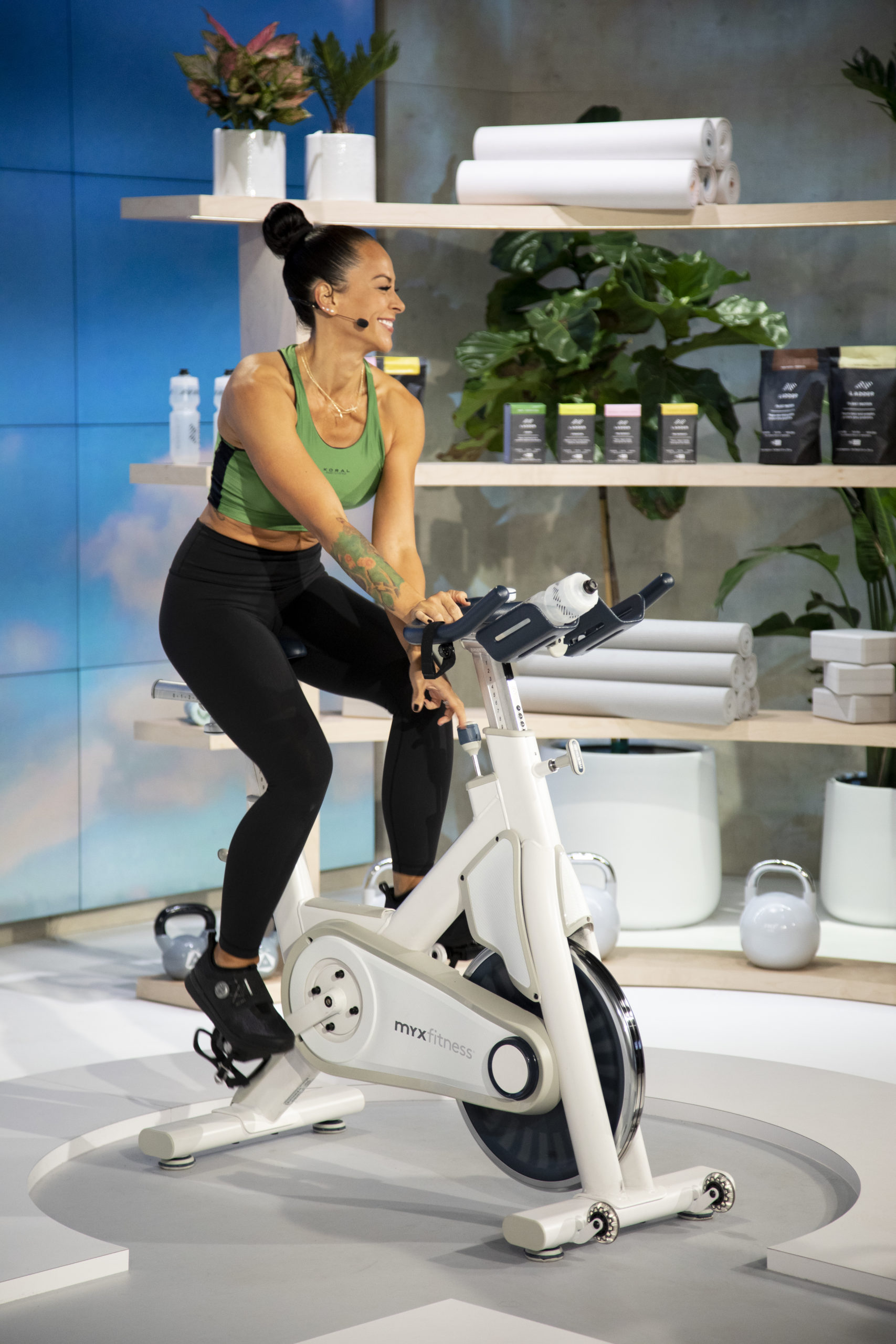
The higher you adjust your resistance, the more power you need to pedal. This is similar to gears road bikeIt makes more effort that lower gears make pedal turning much easier and pedaling higher gears. On many bicycles, you can set the resistance using a button.
5. Cranks
The crank is the arm holding the pedals. This is a shortened version of the term for a road bike: Crankset.
6. Volan
Volan is a weighted disc that connects to pedals and simulates an outdoor bicycle feeling. They also help create a smoother driving and create momentum for more efficiency and speed. The Bodi bike has a 41 -pound flywheel.
7. SELET
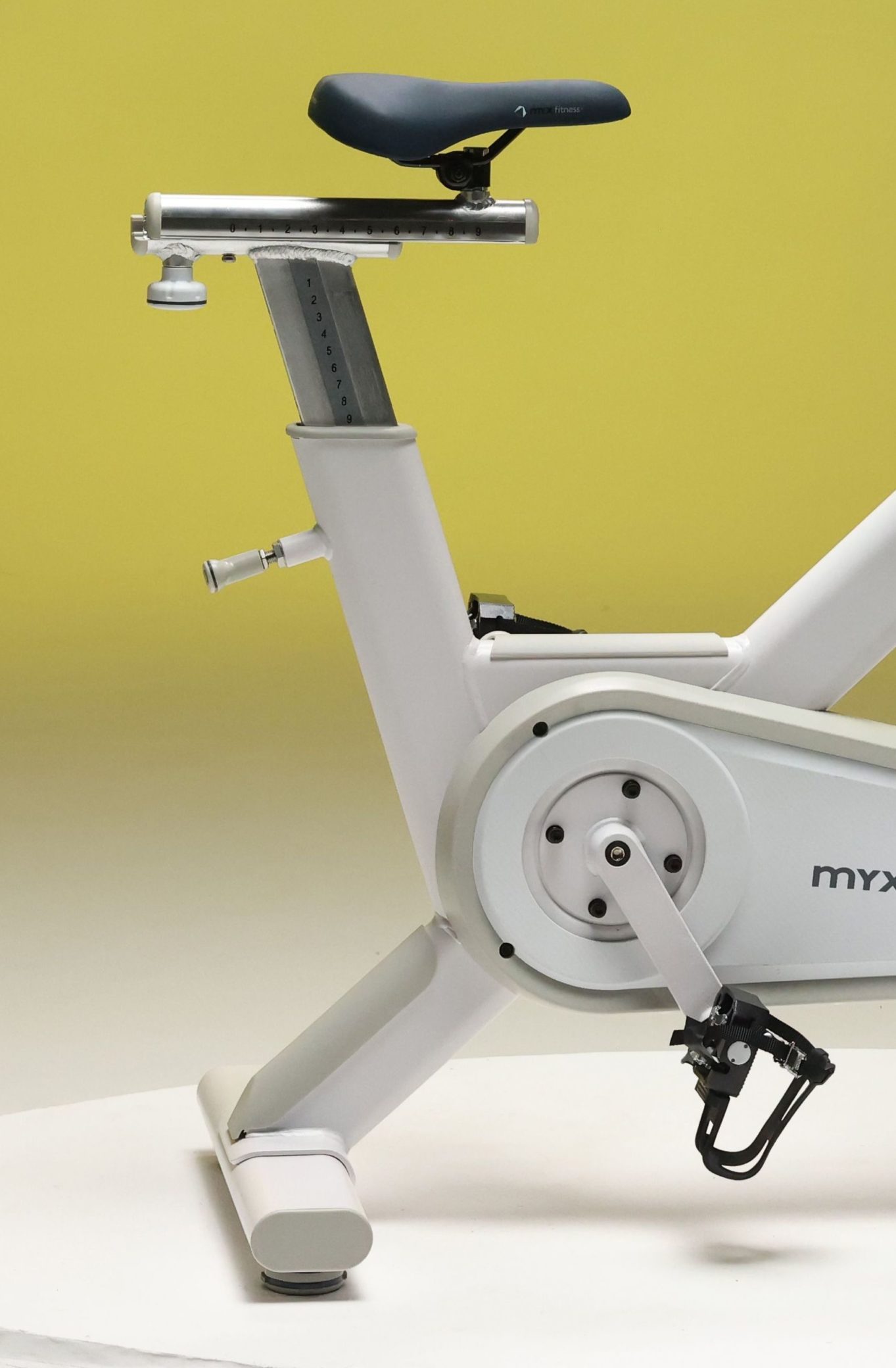
Also known as a seat. A good rule to set height of the seat The saddle should be on your hip while standing next to it.
8. Watt
This is a measurement unit or the rate of use of energy over time for power. The more oomphs are applied to the pedals, the greater Watt. You can easily increase your Watt by rising with Melillo, speed or resistance, and if you want a big Watt change, increase both.
9. Clips
The bicycle shoes entering the pedals have an accessory at the bottom. clip. Melillo says that using them offers a more efficient pedal hit because you just pushed them into the pedal, but you pull it back.
On a traditional bicycle that does not contain clips, most of your efforts are on the pushing movement and you may lose efficiency as the pedal returns. Some indoor bikes require clips, but not all. For example, you can choose to make clips on the Bodi bike, but you can also wear normal shoes if you want.
10. Toe Cage
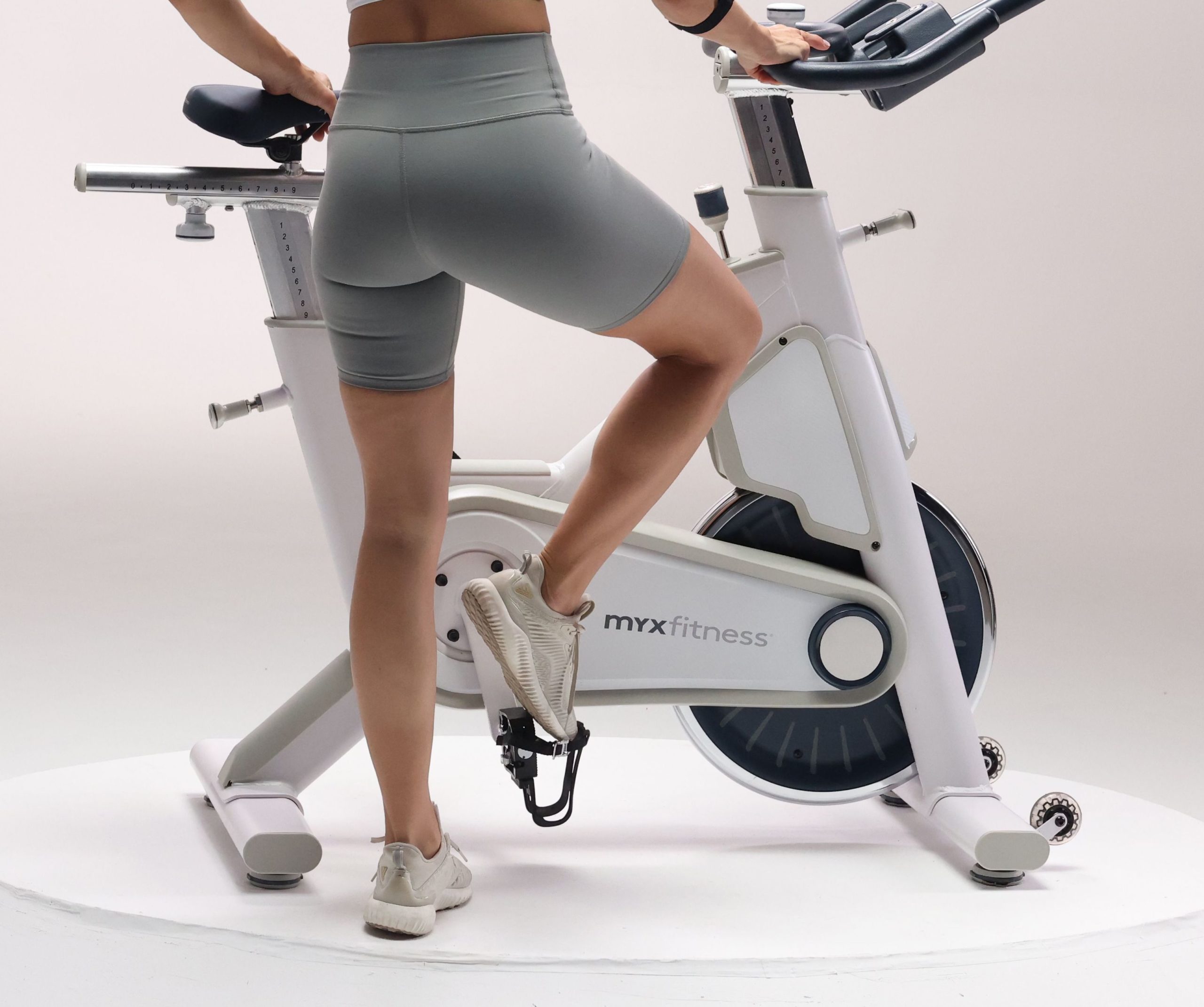
If you don't have clip shoes or just want to wear your normal shoes, there's a pedal option with foot -cage, which means you'll shift and fix your shoes. This can provide most of the same advantages as crops and keep your shoes in place.
11. Climbing
If you were riding a bike outside, it would add a natural amount of resistance to go to a hill and maintain your speed. On a closed bike, this emotion is reproduced by adding extra resistance to the gear. Depending on the exercise or the trainer, you may be outside the saddle for part or most of the climb.
Melillo says, “It is an incredible challenge to train to climb your body and your mind while staying in the saddle,” Melillo says. “Usually, in a climb, you add resistance to mimic this feeling of climbing and slow down your legs.”
12. Sprint
Like running and making sprint December In places where you run as fast as possible, running to a closed bike, a maximum of 30 seconds of short-term, all-out effort, says Melillo and heart rate up to 92 percent. Your maximum heart rate. Melillo, you may hear that trainers use the term “push ,, but you can keep it longer than 30 seconds, and it's not always maximum effort, Melillo says.
13. Walks
This is a clue to leaving the saddle, which simulates working on the spot. It tends to be used during this high -density intervals. Melillo adds that it can refer to the speed of your legs, similar to running, rather than running.
“It is great to do this at 75 to 85 rpm, or he says. “Sometimes we say 'out of the saddle', it is like running, but a little slower paced.”

